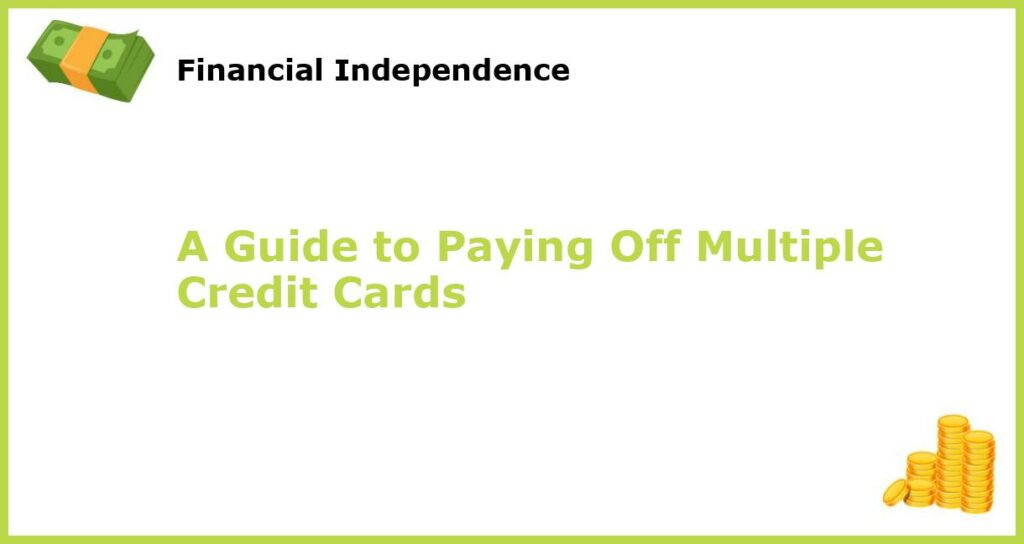As the saying goes, credit cards provide us with a financial life line. It is an easily accessible loan facility that most of us can’t do without. However, the convenience that credit cards provide can also become a burden when we end up juggling multiple credit cards with debt. That is why it is important to have a strategy in place to pay off multiple credit cards. Here’s a step-by-step guide to help you out:
Step 1: Take Stock of Your Debt
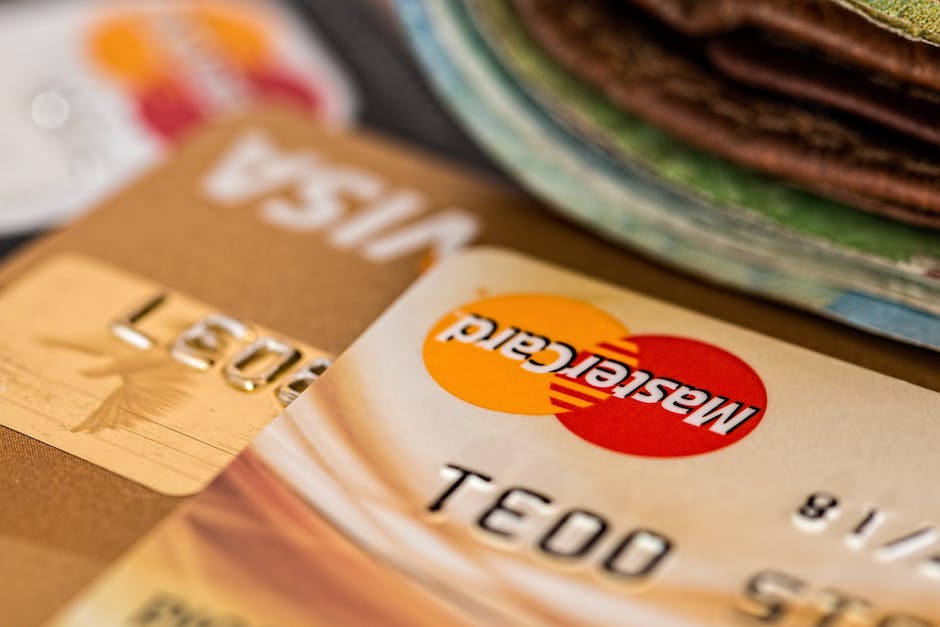
Before you embark on the process of paying off your credit card loans, it’s essential to get a clear understanding of your financial situation by creating a list of all your credit cards, the amount owed on each card, interest rates, and minimum monthly payments. This will give you a total picture of the amount of debt you need to pay off. This is an essential first step in the process.
Step 2: Establish a Budget

The next step in this process is creating a budget that takes into account how much money you can set aside and devote towards paying off your credit card debt. To do this, you will need to examine your income and expenses, comparing it against the total amount owed on all credit cards. Once you have a budget, you can start allocating funds towards paying off your credit card balances.
Step 3: Consider Consolidation
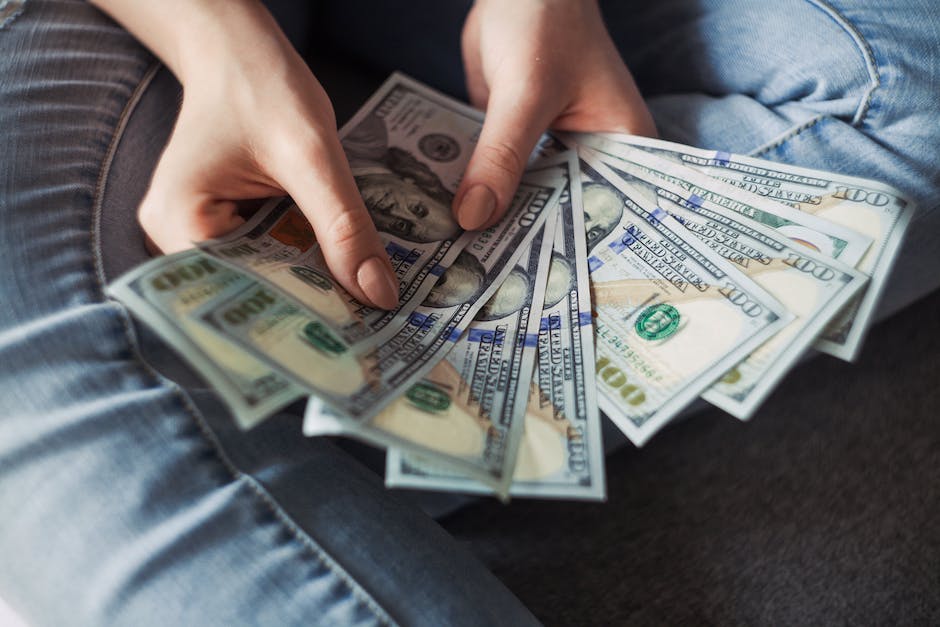
If you have multiple credit cards with high balances, you may want to consider consolidating your credit card balances into a single loan. Credit card consolidation loans can help you pay off your debts more efficiently. With a consolidation loan, you’ll have a fixed interest rate and a single payment each month, which can make it easier to manage your debt. However, it is important to shop around and find a loan with a reasonable interest rate and favorable terms so you can avoid paying more interest and fees.
Step 4: Prioritize Your Payments
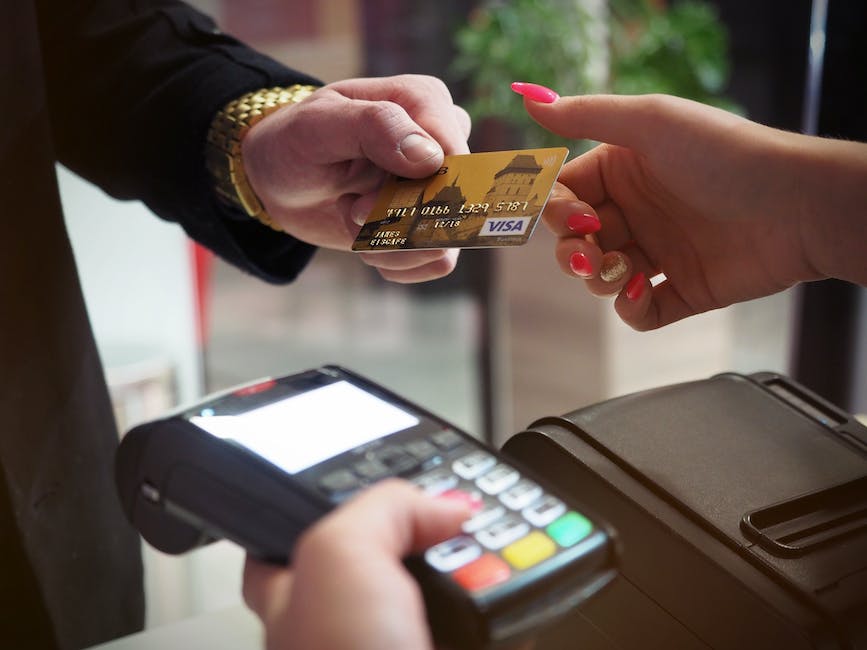
Prioritizing your payments helps you allocate your monthly payment amounts towards credit card balances with high interest rates first. You’ll pay the minimum payment on all your cards first, then you’ll focus the leftover funds towards the card with the highest interest rate. This approach will help you pay down the balances and save money on interest charges in the long run.
Step 5: Consider Balance Transfers

If some of your credit card accounts have high-interest rates, you may want to consider transferring those balances to a lower-interest or 0% interest credit card. This will enable you to save money on interest payments and, at the same time, pay down your credit card balances more quickly. As you look into transferring your balances, be wary of high transfer fees, promotional interest rates, and the conditions that accompany them.
Step 6: Cut Back on Expenses
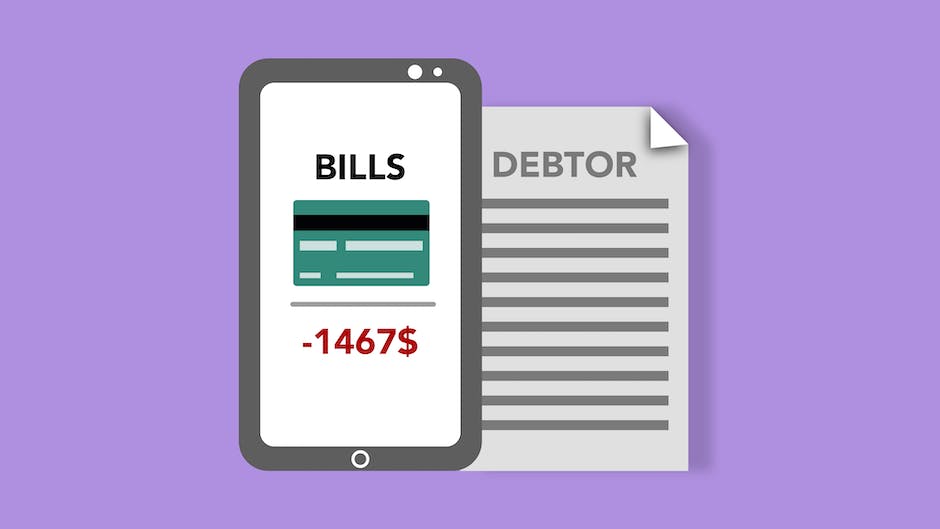
If you find that it’s tough to make payments on your credit cards, it is time to re-evaluate all your monthly expenses to create more room in your budget to pay off credit card debt. Try to find ways to reduce your spending, such as eating out less, canceling subscriptions you don’t use, and finding more affordable options for necessities like groceries and utilities. Every penny saved can go towards paying off your credit card balance.
Step 7: Communicate with Your Creditors
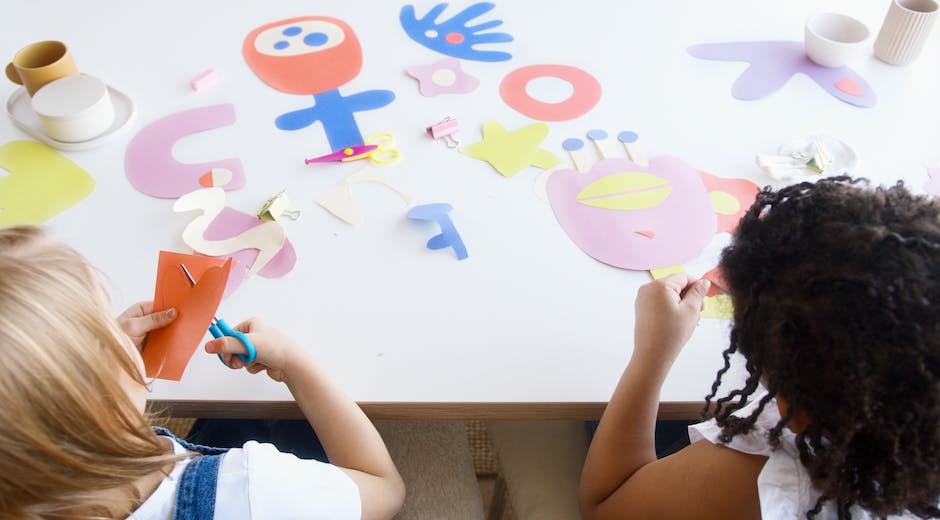
Communication is critical, especially when you have difficulty making payments on your credit cards. If you’re worried that you can’t make payments, don’t hesitate to contact your creditors. They can help you develop a repayment plan that works for your budget. This proactive gesture helps to avoid letting debts accumulate and balloon, making things more challenging in the future.
Step 8: Celebrate Your Progress

When dealing with multiple credit cards, it’s crucial to reward yourself when you achieve some progress on paying off debt. Celebrating each small milestone you hit could help keep you motivated to continue paying off your credit card debt. Set small milestones and make sure you have a rewarding way to celebrate each one.
Step 9: Avoid New Debt

Avoid incurring new debts while also trying to pay off your credit card balances. Try using cash or a debit card when making purchases, and use your credit cards only when you need to. If you have to use your credit card, make sure you pay off the balance in full when the statement arrives, so you don’t accrue interest charges.
Step 10: Stay the Course

Paying off credit card balances isn’t a quick process, and it requires patience and determination. It can be frustrating and demanding, but you have to stay the course and stick to your plan. Don’t get discouraged if you don’t meet your targets in time. Try to make small adjustments to your strategy and continue to make progress.

